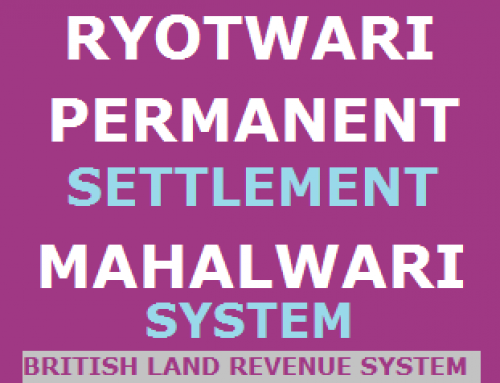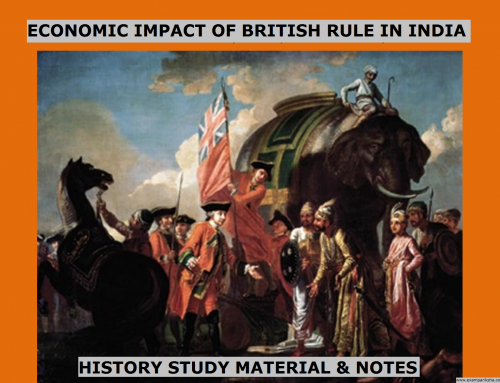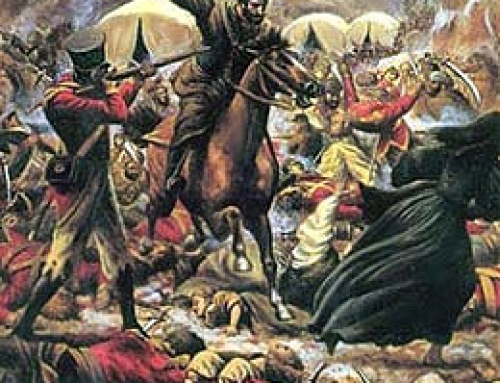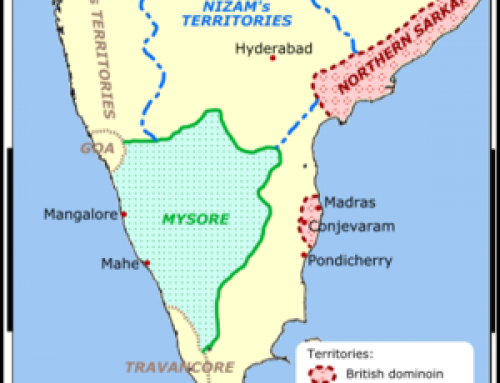Babur was the founder of Mughal Empire. He was related to Timur from his father’s side and Chengiz Khan to his mother’s side. His original name was Zahiruddin Muhammad. He defeated ibrahim lodhi in the first Battle of Panipat in 1526 and established Mughal rule in India.
He defeated Rana Sanga of Mewar in Battle of Khanua in 1527 near Agra. He then assumed the title of ‘Ghazi’. Babur also defeated the Afgans in battle of Gogra in Bihar.
Babur wrote his memoirs in Tuzuk-i-Baburi in Turki language, describing the flora and fauna of India.
Humayun(1530-1540 AD and 1555-56 AD)
He was the eldest son of Babur and ascended the throne in 1530. He fought two battles against Sher Shah, the afgan leader at Chausa and Kannauj, where he was completely defeated. Humayun then escaped to Iran for next fifteen years.
Sur Empire/ Interregenum(1540-1555AD)
The founder was Sher Shah. He waged wars with Rajputs expanding his empire to include Punjab, Sind, Multan, Bundelkhand. He ruled for five years but organized the administratin in a brillant manner. He began the system of local responsibility for local crimes. Land was measured and tax was collected to about 1/3rd ogf the produce. He built Purana Qila in Delhi. He introduced new coins called as ‘dams’ which remained in circulation til 1835.
Sher Shah built roads to strengthen communication, mainly 4 important highways. From Sonargaon to Sind, From Agra to Burhampur, from Jodhpur to Chittor and from Lahore to Multan.
He also built the Mosoleum at Sasaram, one of the asterpieces of indian Architecture. He also patronized learned men like Malik muhammad Jayasi who rote Padmavar under his reign.
After Sher Shah, his successors ruled till Humayun invaded in 1555.
Humayun conquered his lost empire back from Afghans. But he died in six months after falling from stairs of his library.
Akbar(1556-1605 AD)
He is considered greatest monarchs of India. the Afghans marched on delhi soon after he assumed throne under Hemu. In 2nd Battle of panipat, Hemu was defeated and Mughals won. For initial five years, Bairam Khan consolidated the empire for him.
the Rajput Policy of Akbar is lauded by many historians. He married the daughter of Raja Bharmal, thus maintining friendly relations with them. Though the Ranas of Mewar remained defiantto Muslim rule. Rana Pratap was defeated by the Mughal army in 1576.
Akbar proclaimed his own religion Din-i-Ilahi, against the bigotry of orthodox Ulemas. However, the new religion did not became popular. He allowed his Hindu wives to worship their own gods. He ordered the construction f ibadat khana(House of Worship) at his capital Fatehpur Sikri. He invited scholars of all religions for consultations.
Under Akbar, the Land revenue system was established known as Zabi / BAndobast systemThis sytem was further improved by Raja Todarmal. the land revenue was fixed on the average yield of land assessed based on past ten years records. The land was divided into 4 categories: Polaj(every year cultivation), Parauti(cultivated once in 2 years), Chachar(once in 3-4 years), and Banjar( once in 5-6 years).
Akbar also introduced the Mansabdari System, where every officer was assigned a mansab(rank). This rank was not hereditary.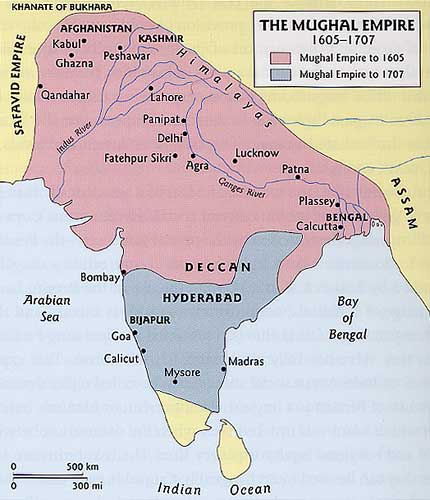
Jahangir(1605-1627 AD)
His name was Salim. Jahangir’s rule was full of rebellions. he is known for his strict administration. Captain William Hawkins of East India Company came to Jahangir’s court. Sir Thomas Roe, a representative of King James I of England also came to his court seeking permission o establish trading port at Surat. He was granted permission after initial resistance.
Shahjahan(1628-58 AD)
He faced revolts in Bundelkhand after usurping the throne after his fathers daeath. After three years of his assession ,his beloved wife died in 1631, he built the Taj Mahal in memory of his wife Mumtaj Mahal at Agra.
He promoted art and culture during his reign. the Red Fort, Jama Masjid at Delhi were built under his rule.
Aurangzeb(1658-1707 AD)
He assumed the title of Almgir. In first ten years to his rule, he lead many military campaigns. The jats and Satnamis along with Sikhs revolted during his reign. These revolts were a result of his harsh religious policy. He had reintroduced Jaziya and pilgrim tax. He defeated the Shia Sultans of Bijapur, Golconda eliminatng the Kutb Shahi dynasty. This removed the barrier between the Maraths and the mughasl and confrontations began. His deccan policy ruined the treasury of the Mughal empire.
After Auragzeb, the Mughal empire began to decline rapidly.
Later Mughals were not very powerful or influential. Still the Mughal empire continued till the 1857 revolt. Under Bahadur Shah II, the mughal empire came to a formal end.
<< Read the functions of NABARD here>>


